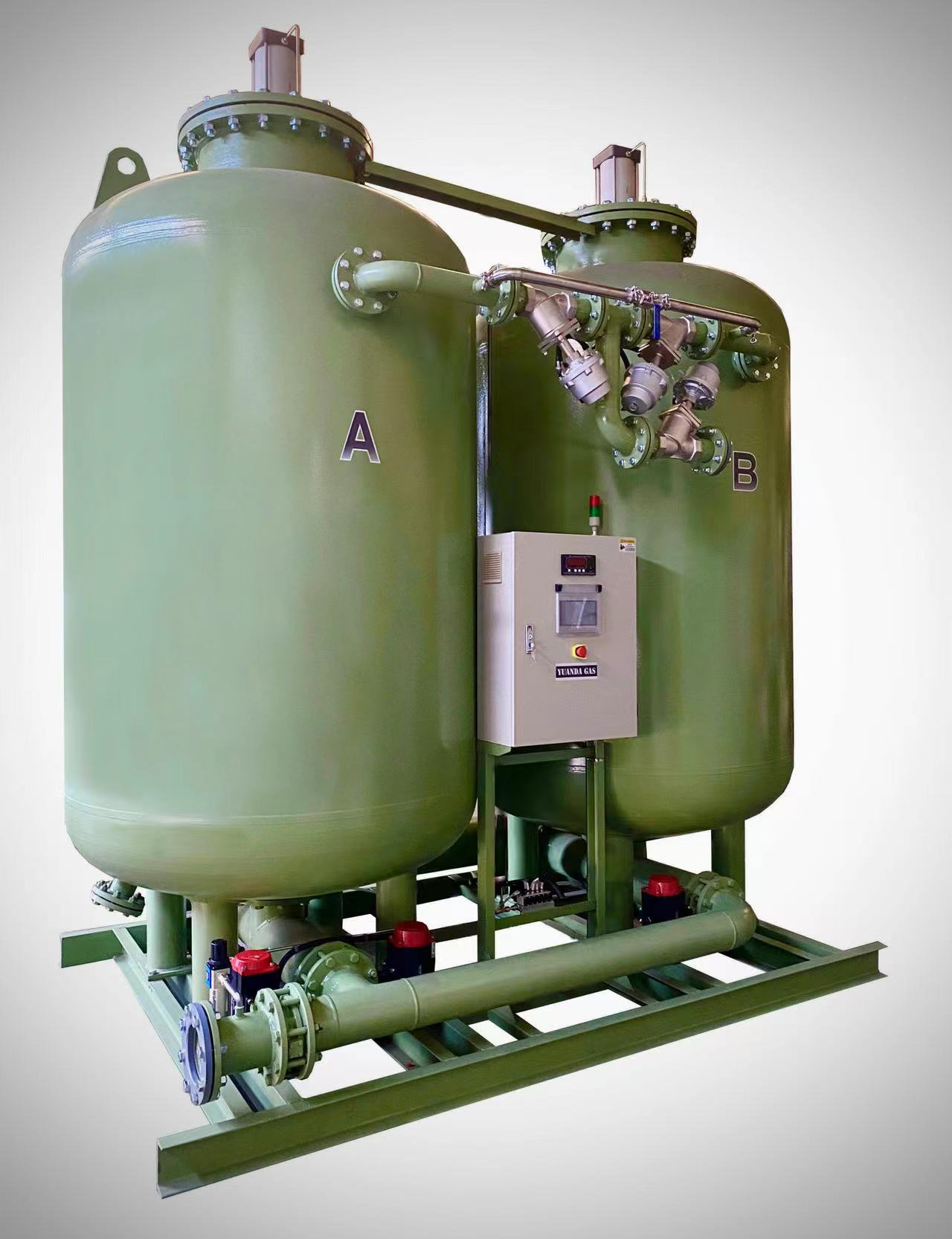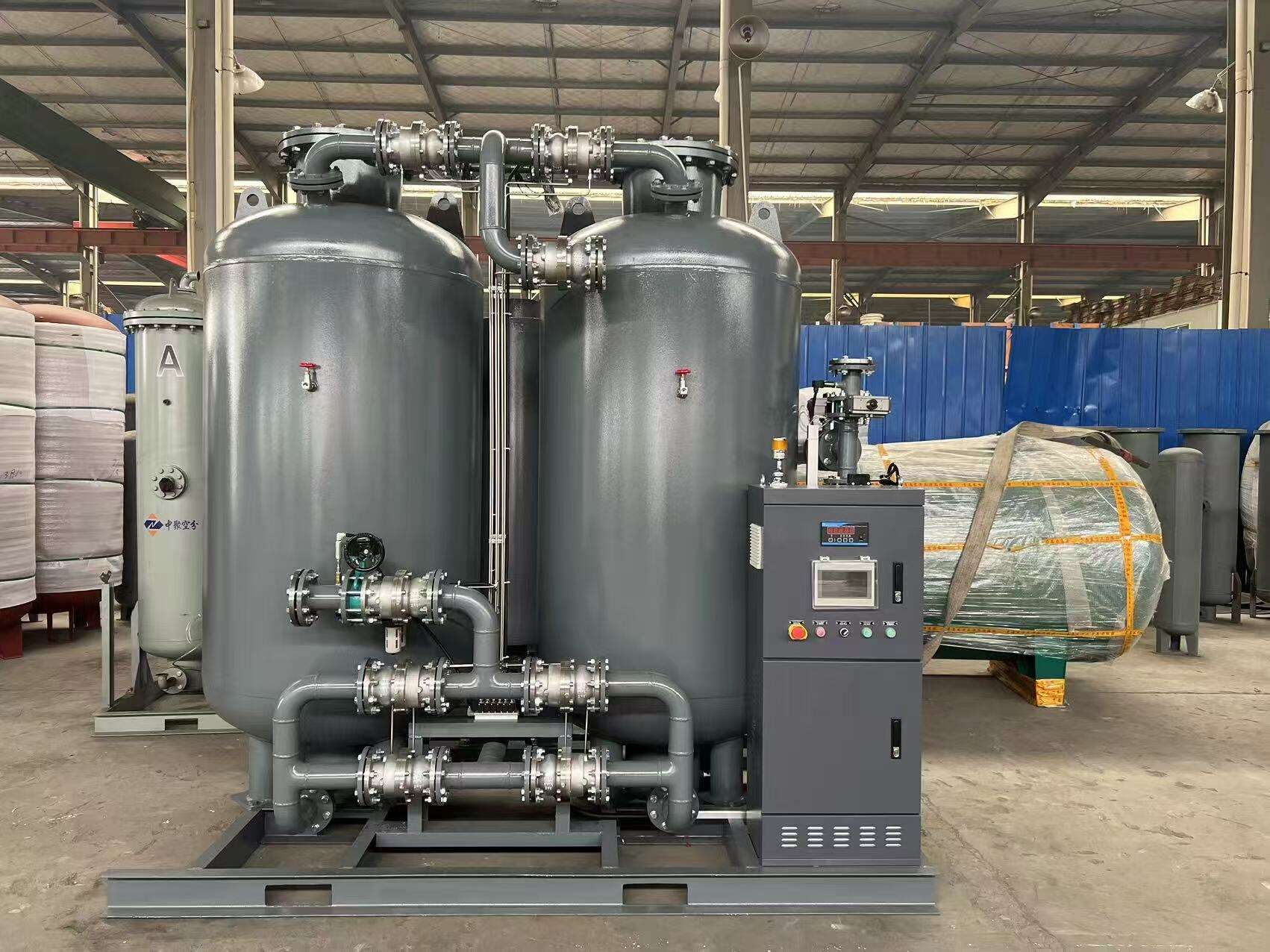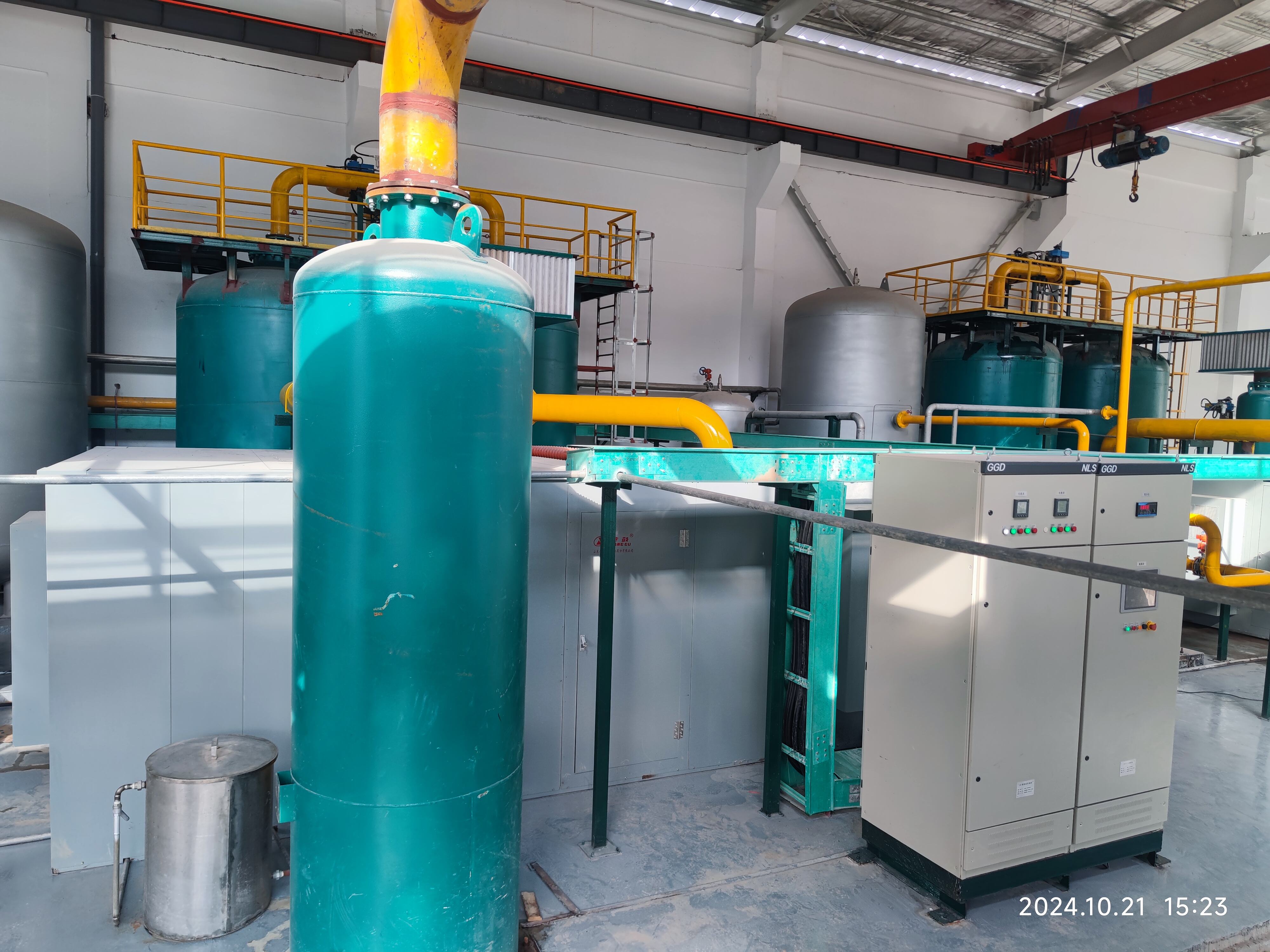psa oxygen generation system
The PSA (Pressure Swing Adsorption) oxygen generation system represents a cutting-edge solution for on-site oxygen production. This innovative technology operates by separating oxygen from atmospheric air through a molecular sieve material, typically zeolite, which selectively adsorbs nitrogen while allowing oxygen to pass through. The system operates through two primary vessels containing molecular sieves, working in alternating cycles to ensure continuous oxygen production. During operation, one vessel pressurizes and produces oxygen while the other regenerates, creating an efficient and uninterrupted supply. The system typically achieves oxygen purity levels of 93-95%, making it suitable for various industrial and medical applications. Key components include air compressors, air treatment units, molecular sieve beds, oxygen receivers, and sophisticated control systems. The PSA oxygen generation system offers scalable capacity options, ranging from small medical facilities to large industrial installations, with flow rates varying from a few liters per minute to thousands of cubic meters per hour. This technology has revolutionized oxygen supply logistics by eliminating the need for delivered liquid oxygen and reducing dependency on external suppliers.


